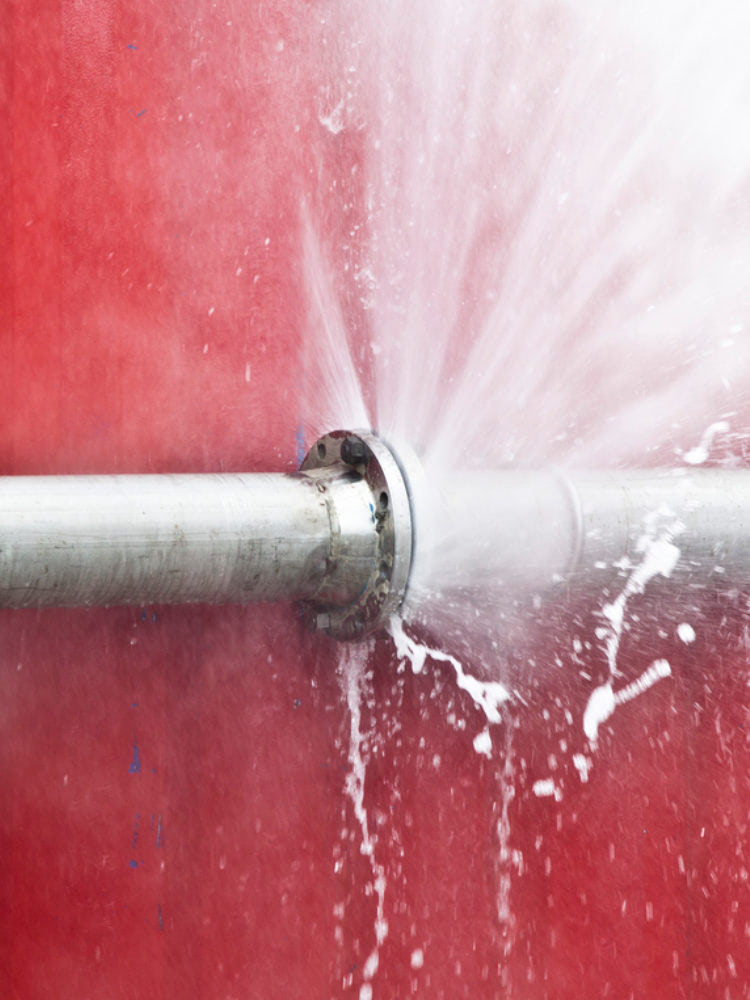Exploring Why Leak Issues Occur Frequent in Your House
Exploring Why Leak Issues Occur Frequent in Your House
Blog Article
They are making a few good annotation on Most Common Causes of Leaky Pipes in general in this great article down below.

Leakages not only create waste of water however can also trigger unnecessary damages to your home and promote unwanted natural development. By recognizing as well as looking for day-to-day situations that trigger leakages, you can protect your house from future leaks and also unneeded damages.
Encroaching origins
The majority of water leakages begin outside your home instead of inside it. If you discover an unexpected reduction in water pressure, claim in your tap, require time to head out as well as examine your backyard. You could see wet patches or sinkholes in your backyard, and that could mean that tree origins are attacking water lines causing water to seep out. You can have your plumber check for intrusion, particularly if you have trees or hedges near your residential property.
Corroded water systems
This could be the reason of discoloration or bending on your water pipelines. If our plumbing system is old, think about changing the pipes since they are at a greater danger of corrosion than the more recent models.
Defective Pipeline Joints
The factor at which your pipelines attach is regularly the weakest web link in the waterline. Pipe joints can deteriorate in time, leading to water leakages. The majority of pipe joints are not quickly visible. If you have noisy pipelines that make ticking or banging noises, particularly when the warm water is switched on, your pipeline joints are most likely under a lot of stress. It is recommended to have your plumber evaluate your system once a year.
Instantaneous temperature level adjustments.
Severe temperature level adjustments in our pipelines can trigger them to expand and also get all of a sudden. This expansion and contraction might trigger fractures in the pipes, especially if the temperature are below freezing. If you maintained an eye on exactly how your plumbing works, it would be best. The visibility of the previously mentioned circumstances frequently suggests a high risk.
Poor Water Connectors
At times, a leakage can be triggered by loose tubes and also pipelines that supply your home appliances. In situation of a water connections leakage, you may see water running straight from the supply line or puddles around your home appliances.
Clogged Drains
Obstructed drains might be aggravating and inconveniencing, however they can often wind up creating an overflow causing break pipes. Maintain eliminating any type of products that may drop your drains pipes that can clog them to avoid such inconveniences.
All the above are causes of leakages yet not all water leakages arise from plumbing leakages; some leaks may come from roof leakages. All leaks should be repaired instantly to prevent water damage.
Leaks not only create waste of water but can likewise cause unneeded damages to your house and advertise undesirable natural growth. By looking and recognizing for everyday circumstances that create leakages, you can safeguard your house from future leaks as well as unnecessary damages. Today, we will look at six leak triggers that may be creating your pipelines to leak.
At times, a leak can be created by loose hose pipes as well as pipes that supply your devices. In situation of a water connections leakage, you might see water running directly from the supply line or pools around your devices.
How To Check For Water Leak In Your Home
How To Check for Leaks
The average household's leaks can account for nearly 10,000 gallons of water wasted every year and ten percent of homes have leaks that waste 90 gallons or more per day. Common types of leaks found in the home are worn toilet flappers, dripping faucets, and other leaking valves. These types of leaks are often easy to fix, requiring only a few tools and hardware that can pay for themselves in water savings. Fixing easily corrected household water leaks can save homeowners about 10 percent on their water bills.
To check for leaks in your home, you first need to determine whether you're wasting water and then identify the source of the leak. Here are some tips for finding leaks:
Take a look at your water usage during a colder month, such as January or February. If a family of four exceeds 12,000 gallons per month, there are serious leaks.
Check your water meter before and after a two-hour period when no water is being used. If the meter changes at all, you probably have a leak.
Identify toilet leaks by placing a drop of food coloring in the toilet tank. If any color shows up in the bowl after 10 minutes, you have a leak. (Be sure to flush immediately after the experiment to avoid staining the tank.)
Examine faucet gaskets and pipe fittings for any water on the outside of the pipe to check for surface leaks.
Undetected water leaks can happen without the home or business owner even realizing. If you suspect a water leak, but not able to find the source. It is time to contact a professional water leak detection service, The Leak Doctor.
How To Find a Water Leak In Your Home
https://www.leakdoctor.com/blog/How-To-Check-For-Water-Leak-In-Your-Home_AE197.html

Do you appreciate more info about How to Find Water Leaks? Place a comment directly below. We'd be interested to see your suggestions about this write up. We are looking forward to see you back again in the near future. I beg you take the opportunity to distribute this page if you liked it. I treasure reading our article about Common Water Leaks In House.
Immediate redressal assured. Report this page